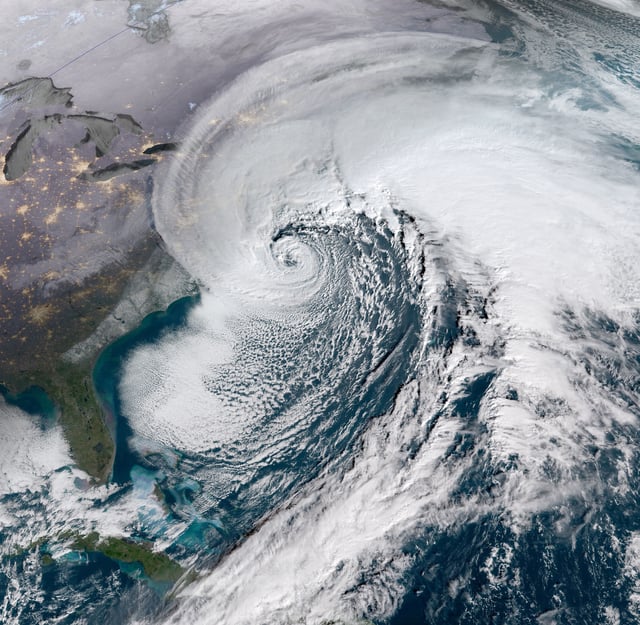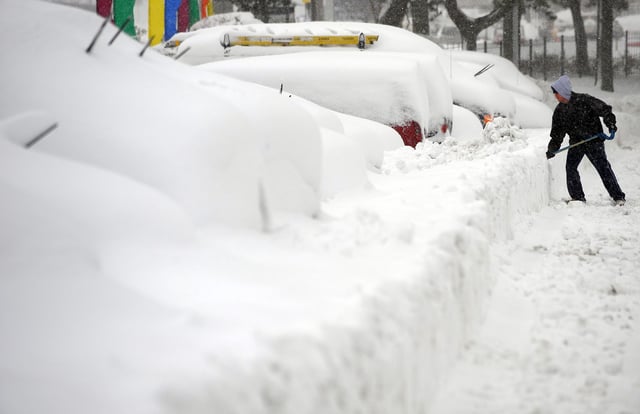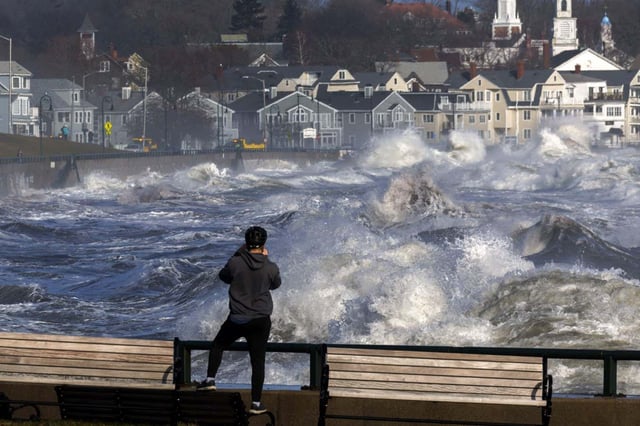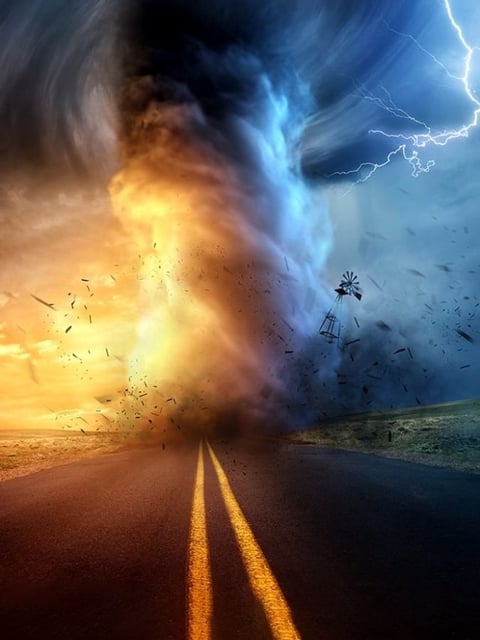Overview
- A study published July 14 in the Proceedings of the National Academy of Sciences found that the most intense nor’easters have seen peak wind speeds rise by about 6% and precipitation increase by around 10% since 1940.
- Researchers created a digital atlas by analyzing 900 nor’easters from 1940 to 2025 using historical weather data and a cyclone tracking algorithm.
- Michael Mann and colleagues attribute the intensification to greenhouse gas–driven warming of sea surface and atmospheric temperatures.
- Scientists predict fewer nor’easters overall as Arctic–Atlantic temperature contrasts diminish but warn that individual storms will become more destructive.
- Experts including Jennifer Francis and Brian Tang warn that stronger winds, heavier precipitation and rising sea levels will heighten storm surge and inland flooding risks, underscoring the need for enhanced coastal preparedness.



